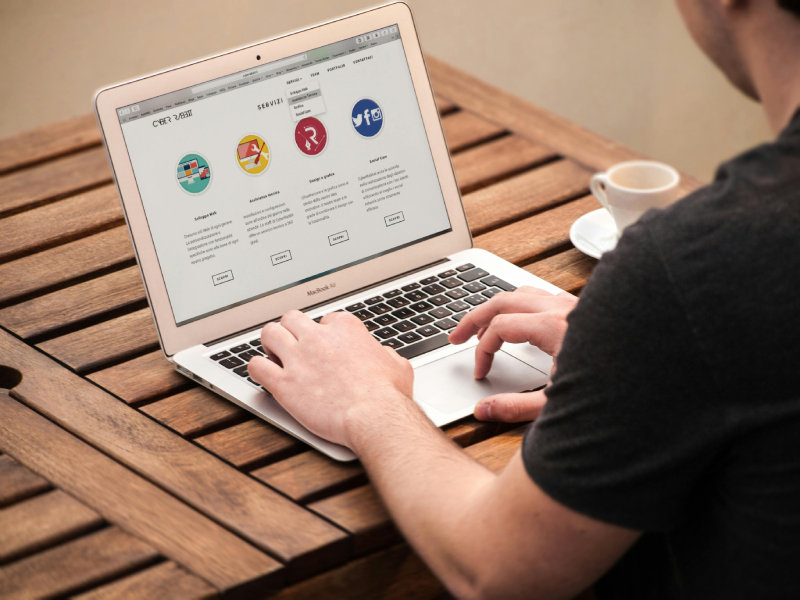The digital landscape is ever-evolving, and the future of WordPress promises to be nothing short of revolutionary, thanks to the Gutenberg editor and the dynamic world of blocks. As we step into this new era, let’s delve into the future of WordPress and explore the transformative capabilities offered by Gutenberg blocks.
Gutenberg Blocks: The Building Blocks of the Future
The Gutenberg editor, introduced in WordPress 5.0, marked a significant shift in content creation. Moving away from the traditional editor, Gutenberg introduced a block-based approach to web design. Each piece of content, from paragraphs to images and multimedia, became a distinct block. This modular system not only streamlined the editing process but also opened doors to limitless creativity.
Unleashing Creativity with Gutenberg Blocks
1. Dynamic Content Arrangement: Gutenberg blocks empower users to craft visually appealing and structurally dynamic content. Easily arrange and customize content blocks to create engaging layouts without the need for intricate coding or third-party plugins.
2. Rich Media Integration: Gutenberg supports a wide array of media blocks, making it seamless to embed videos, images, audio, and more. Enhance your content with visually striking elements to captivate your audience and convey your message effectively.
3. Customization Without Limits: With the rise of Gutenberg, customization has reached new heights. Explore an extensive library of blocks or create your own custom blocks to tailor your website’s appearance and functionality precisely to your liking.
The Future Holds Endless Possibilities
1. Full Site Editing (FSE): The upcoming releases of WordPress are set to introduce Full Site Editing (FSE), taking Gutenberg to the next level. FSE will allow users to edit not just content but the entire structure of their websites using the block editor. This revolutionary feature promises a more intuitive and immersive web design experience.
2. Enhanced Collaboration and Accessibility: Gutenberg’s block-based approach facilitates collaboration, making it easier for multiple users to contribute to a website seamlessly. Additionally, the focus on accessibility ensures that content is created and consumed by a diverse audience, meeting the highest standards of inclusivity.
3. Third-Party Integration: As the WordPress ecosystem continues to grow, Gutenberg blocks seamlessly integrate with a myriad of third-party plugins and themes. This integration not only expands functionality but also ensures that users have access to an ever-growing toolbox of creative elements.
Embracing the Evolution
The future of WordPress is undeniably intertwined with the evolution of Gutenberg blocks. Whether you’re a seasoned developer or a casual user, the block editor is democratizing web design, making it accessible to everyone.
As we eagerly anticipate the unfolding chapters of WordPress and Gutenberg, it’s evident that the future holds endless possibilities. The transformative power of blocks is reshaping the way we create and experience digital content, promising a more dynamic and user-centric web. Embrace the evolution, and let’s embark together into the future of WordPress.

Leave a Reply